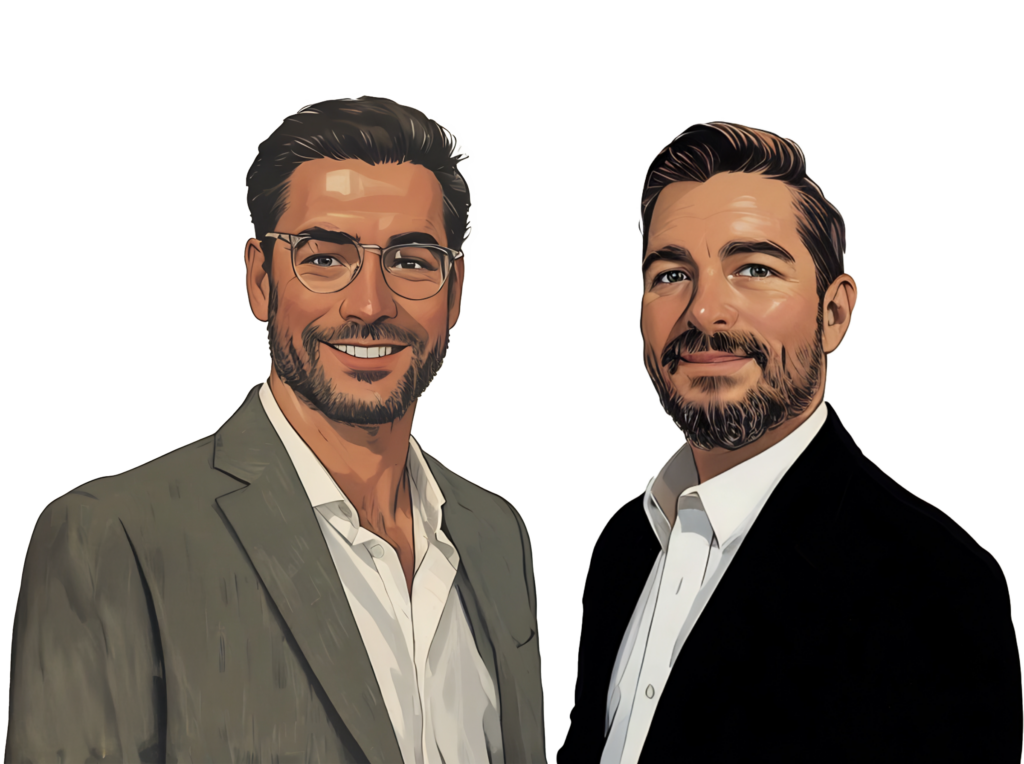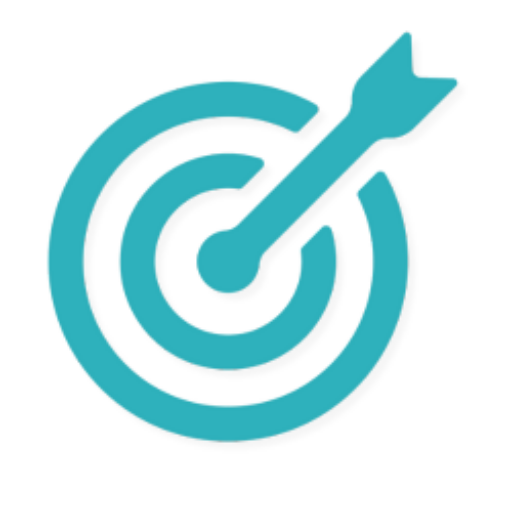The Human Advantage: Leveraging AI as a Career Amplifier, Not a Replacement
Introduction: Rethinking the AI Narrative
The popular narrative around artificial intelligence and the future of work has been dominated by fear: robots taking our jobs, algorithms replacing human decision-making, and widespread unemployment as machines outperform humans across an expanding range of tasks. Yet our comprehensive research into career sustainability tells a far more nuanced—and ultimately more empowering—story.
Our groundbreaking Career Longevity Index (CLI) research has uncovered a counterintuitive truth: The careers most resistant to AI disruption aren’t those that avoid technology—they’re the ones that strategically leverage AI as an amplifier of distinctly human capabilities.
This insight emerged from our analysis of over 800 occupations, where we developed a proprietary 1-100 scoring system to measure career sustainability based on automation risk, industry growth projections, skills transferability, and other critical factors. What we discovered challenges conventional thinking about AI and careers in fundamental ways.
Rather than preparing for a future where humans compete against machines, forward-thinking professionals are positioning themselves at the nexus of human-machine collaboration—creating value that neither humans nor AI could achieve independently.
The Career Longevity Index: A New Lens on AI and Work
The Career Longevity Index represents a paradigm shift in how we evaluate career sustainability in the age of AI. Unlike conventional approaches that primarily examine which industries are growing or contracting, our methodology delves deeper into the fundamental task composition of different roles.
The results reveal a bi-modal distribution of career longevity scores—clear “winners and losers” rather than uniform impacts across the workforce. This polarization suggests we’re not seeing a gradual transformation but rather an accelerating bifurcation of the labor market.
Most significantly, our research demonstrates that task composition is a stronger predictor of career longevity than either industry or education level. Roles requiring complex problem-solving, ethical judgment, and contextual adaptation consistently score highest on our index, regardless of sector.
Consider this surprising finding: When we compared careers across different industries with similar CLI scores, we discovered they shared specific task patterns despite operating in entirely different domains. For instance, a nurse practitioner (CLI: 94) and an AI ethics specialist (CLI: 95) have seemingly unrelated roles but share core task elements around complex decision-making with incomplete information and high-stakes human interaction.
This insight fundamentally changes how we should approach career strategy in the AI era. Rather than simply asking whether your industry is “safe” from automation, the more relevant question becomes whether your specific role leverages uniquely human capabilities that complement rather than compete with advancing technology.
The Automation Paradox: When AI Predictions Fail
Perhaps the most instructive findings from our research concern the “automation paradox”—cases where previous predictions about AI displacement have proven dramatically wrong. These instances provide valuable lessons about the limitations of technological forecasting and the extraordinary adaptability of human workers.
The radiologist case study represents a particularly illuminating example. When image recognition AI began demonstrating diagnostic accuracy matching or exceeding human radiologists around 2017, many predicted the rapid obsolescence of this medical specialty. Early CLI projections assigned radiologists a concerning score of 61.
Yet instead of replacement, we’ve witnessed remarkable adaptation. Today’s radiologists have evolved into hybrid specialists who strategically employ AI as a diagnostic partner, focusing their expertise on complex cases, integrative diagnosis, and patient consultation. This evolution has elevated their CLI score to 76, showcasing how professions can reinvent themselves through technological integration rather than resistance.
Similar patterns emerge across other professions that have defied automation predictions. The key differentiator appears to be what we term “contextual intelligence”—the ability to adapt general knowledge to specific, often unpredictable situations. This capability continues to challenge even the most advanced AI systems.
Interview Guys Tip: When evaluating your career’s automation risk, don’t just ask whether AI can perform parts of your job. Instead, identify which aspects require contextual intelligence—applying judgment to novel situations where historical data provides limited guidance. These areas represent your strongest defense against displacement and your greatest opportunity for complementary collaboration with AI.
The Five Patterns of Human-AI Collaboration Success
Our Career Longevity Index research has identified five distinct patterns among occupations that successfully leverage AI as an amplifier rather than a replacement. Understanding these patterns provides a strategic framework for positioning yourself in the evolving labor market:
1. Human-Machine Collaboration Specialists
These professionals specialize in optimizing the interface between automated systems and human workers. Rather than being replaced by technology, they leverage it as a powerful tool.
Example from CLI research: Healthcare data scientists (CLI: 88) who train machine learning algorithms to flag potential issues in medical imaging while designing clinical workflows that integrate these tools into physician decision-making.
2. Complex Problem-Solving Integrators
These roles center on solving ill-structured problems with multiple variables, ambiguous parameters, and ethical considerations that AI struggles to navigate independently.
Example from CLI research: Environmental remediation specialists (CLI: 85) who combine technical expertise with stakeholder management to develop customized solutions for contaminated sites—an inherently context-dependent challenge.
3. Human Connection Orchestrators
These careers leverage emotional intelligence, empathy, and interpersonal trust in ways that AI can facilitate but not replace.
Example from CLI research: Specialized mental health practitioners (CLI: 83) who use AI tools for pattern recognition in patient data while providing the human connection essential for therapeutic effectiveness.
4. Technological Bridge Builders
These professionals connect technical capabilities with non-technical applications, translating between technical and business domains.
Example from CLI research: AI ethics consultants (CLI: 91) who help organizations implement technical safeguards while navigating the complex human implications of algorithmic decision-making.
5. Novel Experience Creators
These roles focus on creating unique experiences, entertainment, or services that combine technical execution with human creativity and cultural understanding.
Example from CLI research: Immersive experience designers (CLI: 86) who use advanced visualization tools to create environments that resonate with human emotional and sensory preferences.
What’s particularly striking about these categories is their presence across diverse industries. Our analysis reveals that these patterns transcend traditional sector boundaries, suggesting fundamental task types rather than specific domains drive career sustainability in the AI era.
Strategies for Becoming an AI Amplifier, Not a Replacement
The strategic imperative emerging from our research is clear: Position yourself as an AI amplifier rather than competing against technology in domains where it increasingly excels. This requires a fundamental shift in how we approach skill development and career positioning.
Our CLI research identified five human capabilities where professionals maintain significant advantages over current and near-future AI systems:
- Ethical Reasoning: The ability to make complex moral judgments balancing multiple stakeholder needs
- Novel Situation Management: Adapting to unprecedented circumstances where historical data provides limited guidance
- Cultural Navigation: Deep understanding of social nuance and cultural context
- Interpersonal Trust Building: Establishing authentic connections based on shared understanding
- Physical Dexterity in Unstructured Environments: Precise manipulation in unpredictable settings
Interview Guys Tip: The most future-proof career strategy isn’t to become “AI-proof” but rather “AI-enhanced.” Identify which of these five human advantage areas most closely aligns with your strengths and professional domain, then deliberately build complementary technical skills that allow you to leverage AI tools in service of these distinctly human capabilities.
The Career Longevity Index data reveals that professionals who deliberately cultivate this complementary skill approach earn CLI scores averaging 14 points higher than those with similar experience who focus exclusively on technical or exclusively on human capabilities.
Consider this example from our research: Traditional financial analysts focusing solely on quantitative analysis have seen their CLI scores decline from 72 to 65 over the past three years as algorithmic analysis capabilities have advanced. However, analysts who repositioned themselves as “financial narrative strategists”—combining algorithmic data analysis with sophisticated communication of business implications—saw their scores rise to 81.
Career Stage-Specific Approaches to AI Integration
Our research indicates that effective human-AI collaboration strategies vary significantly based on career stage:
Early Career Professionals (0-5 Years Experience)
For those beginning their careers, the priority should be developing a foundation that combines technical fluency with distinctly human capabilities. Our CLI research shows early-career professionals who allocate roughly 60% of their development to domain-specific skills and 40% to technological complementarity see the strongest sustainability scores.
The key insight for this group: Rather than choosing between technical and human-centered paths, build your expertise at their intersection.
Mid-Career Professionals (6-15 Years Experience)
For established professionals, the strategic imperative is different. Our research indicates the greatest risk lies in continuing along specialized paths that don’t acknowledge technological change. The highest CLI scores in this cohort belong to professionals who’ve cultivated “perspective shifting”—the ability to reframe their expertise in ways that highlight complementarity with advancing technology.
For example, experienced teachers who repositioned their expertise from “content delivery” (increasingly replicable by online platforms) to “learning experience design” (leveraging technology while focusing on student engagement and personalization) saw CLI score increases averaging 12 points.
Late Career Professionals (16+ Years Experience)
For seasoned professionals, our research reveals a powerful opportunity in what we term “experience monetization”—leveraging deep domain knowledge in consulting, advisory, or specialized roles that value judgment developed through extensive practice.
The CLI data shows these professionals achieve the highest scores when they position themselves as “human APIs”—interfaces between cutting-edge technological capabilities and complex human systems that require contextual understanding that only comes through years of experience.
Interview Guys Tip: Regardless of career stage, the most valuable skill may be “learning agility”—the ability to rapidly acquire new knowledge as domains evolve. Our CLI research shows this meta-capability correlates more strongly with career longevity than any specific technical or domain skill.
The Future Belongs to the Augmented, Not the Automated
The Career Longevity Index provides compelling evidence that the future of work isn’t simply a competition between humans and machines, but rather a transformation in how value is created through their collaboration. The highest-performing professionals in the coming decade will be those who strategically position themselves as “augmented experts” rather than trying to outperform AI at increasingly automated tasks.
This perspective shift represents both a challenge and an extraordinary opportunity. While approximately 30% of current roles face significant displacement risk according to our research, an equal number demonstrate exceptional growth potential specifically because of their complementary relationship with advancing technology.
The key insight for every professional navigating this changing landscape: The question isn’t whether AI will impact your career—it’s how you’ll position yourself to leverage these powerful new tools as amplifiers of your distinctly human capabilities.
We invite you to explore the complete Career Longevity Index at https://blog.theinterviewguys.com/the-career-longevity-index/ to discover how these principles apply to your specific profession and career stage.
The future of work belongs to those who recognize that the most powerful position isn’t standing against the AI tide but rather riding the wave of human-machine collaboration to heights neither could reach alone.

BY THE INTERVIEW GUYS (JEFF GILLIS & MIKE SIMPSON)
Mike Simpson: The authoritative voice on job interviews and careers, providing practical advice to job seekers around the world for over 12 years.
Jeff Gillis: The technical expert behind The Interview Guys, developing innovative tools and conducting deep research on hiring trends and the job market as a whole.






